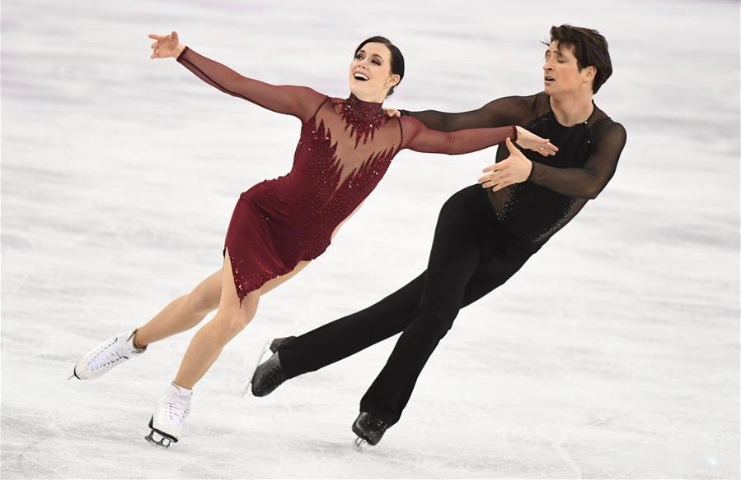Watching 'Em Dance
Wanna watch some dancing pairs?

OBJECTIVE: To understand the properties of parallel and perpendicular lines
Up to this point, you've studied the properties of lines, but only as single lines.
In this lesson, you'll learn about the properties of pairs of lines. In particular, you'll look at the behavior of parallel lines and perpendicular lines as they dance across the Cartesian plane.
The following applet demonstrates a property that parallel lines have when they're drawn in the Cartesian plane. Watch how the pair moves as you drag the haloed blue point from quadrant to quadrant.
Be sure to move the blue points around quite a bit!
QUESTION: What can you conclude about parallel lines drawn in the coordinate plane? Pay particular attention to the blue dots and the red triangles.
NOW let's watch the second pair!
This applet demonstrates a property that perpendicular lines have when they're drawn in the Cartesian plane.
Be sure to move the points around quite a bit and observe carefully as you do!
QUESTION: What can you conclude about perpendicular lines that are drawn in the coordinate plane? (Assume the lines are not aligned horizontally and vertically).
NOW let's do some pencil pushing!
The applet below will drill you on finding the equation of a line parallel or perpendicular to a given line and passing through a given point.
You already have a point. You can get the slope from the given line. So you can use the POINT-SLOPE FORM of the line to get started. Just make sure you use the correct slope in getting the equation of the line you want. Keep the relationships you discovered earlier in mind.
That's all for now, folks!
Next time, we'll look at more pairs of lines. So what's your biggest takeaway for this lesson?